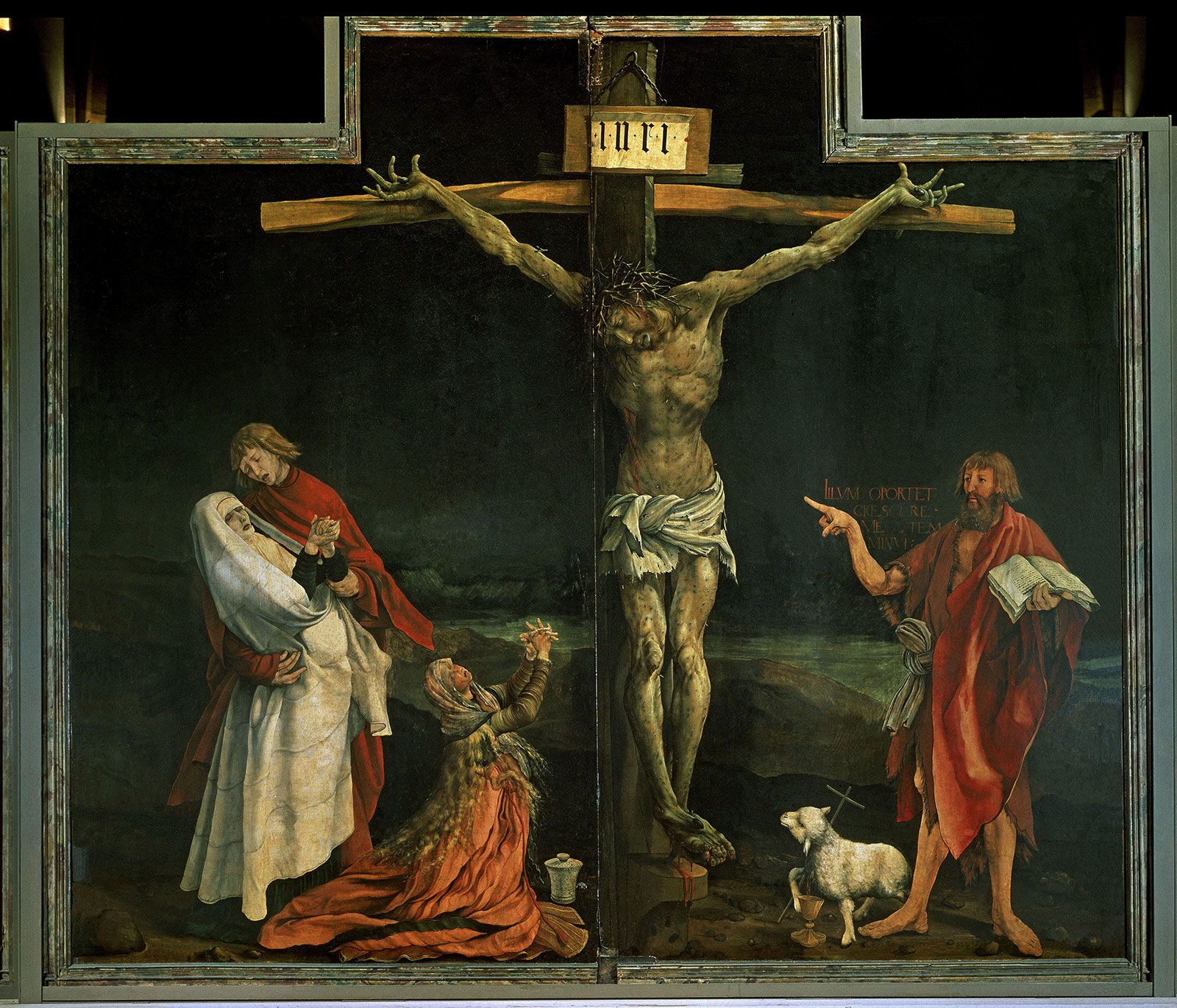You stop for a moment to gaze at the crucifix hanging on the wall. The intricate design catches your eye, and you find yourself wondering about the deeper meaning behind this common religious symbol. What is it about the crucifix that has captivated people for centuries? In this article, we’ll take a closer look at the history and symbolism of the crucifix. The crucifix has become an iconic symbol of Christianity, and we’ll unpack the significance it holds. As we dive into the world of religious iconography, you’ll have a deeper appreciation for the multilayered symbolism contained in the simple crucifix.
If you’re seeking a Catholic store near me for Crucifixes , explore the selection at Holyart for premium religious accessories.
The History and Origins of the Crucifix
Early Christians used symbols like the fish, the Chi-Rho, and the cross to represent their faith. The cross was originally just a T-shaped symbol, not the crucifix we know today. It represented Christ’s crucifixion and sacrifice.As Christianity spread throughout the Roman Empire, crucifixion scenes started appearing in Christian art. These early depictions showed a simple cross with Christ portrayed as a young, heroic figure. Over time, crucifixion portrayals became more graphic and lifelike.
Today, crucifixes remain an important symbol in Catholicism and some Protestant denominations. They serve as a visual reminder of Christ’s sacrifice and God’s love. Crucifixes are found in churches and homes, used to inspire prayer and devotion. For many Christians, the crucifix is a source of comfort, guidance, and connection to faith.
Crucifix Designs and Variations
The crucifix comes in many shapes, sizes, and styles. While the traditional design depicts Jesus on the cross, contemporary artists have reimagined the crucifix in creative ways.
Traditional Crucifix
The most well-known crucifix shows Jesus portrayed in a realistic style, with a crown of thorns and nails in his hands and feet. This design aims to evoke sorrow and sacrifice. Catholic churches frequently feature a large crucifix at the altar or behind it. Homes often have a simple wooden or metal crucifix.
Stylized Crucifixes
Some crucifixes portray Jesus in a stylized manner, with an elongated body and minimal detail. This style aims to capture the symbolic meaning in a simple, contemplative way. The San Damiano cross and Celtic cross are popular examples.
Gemstone and Metal Crucifixes
Decorative crucifixes incorporate gemstones, enamel, silver or gold. They add beauty and signify the precious nature of Jesus’s sacrifice. Pendants, rosaries and wall crucifixes often use gemstones and metalwork.
Displaying Crucifixes in Homes and Churches
In the Home
Displaying a crucifix in your home is a personal choice that allows you to strengthen your faith in a private way. You might place a crucifix above the entrance to your home, blessing all who enter. Or consider putting one in your bedroom so it’s the last thing you see before sleep and the first thing you see upon waking.
In Churches
Churches frequently display a large crucifix, often behind the altar. This reinforces the sacrificial nature of the Mass and underscores belief in Jesus as the Son of God. Some churches also have stained glass windows or artwork depicting the crucifixion.A crucifix in a church is a solemn reminder of Jesus’s suffering, but also a testament to his resurrection and promise of eternal life.
Conclusion
You see, crucifixes have been an important symbol across cultures for centuries. Their meanings have evolved over time, but they continue to represent sacrifice, salvation, and faith for many. As we wrap up our exploration of the crucifix, think about what it means to you personally. Does it inspire hope? Humility? Peace? However you connect with it, understanding the deep roots and symbolism of the crucifix gives insight into the human experience. There’s always more to learn, but taking time to reflect on symbols that have touched our minds and hearts.



